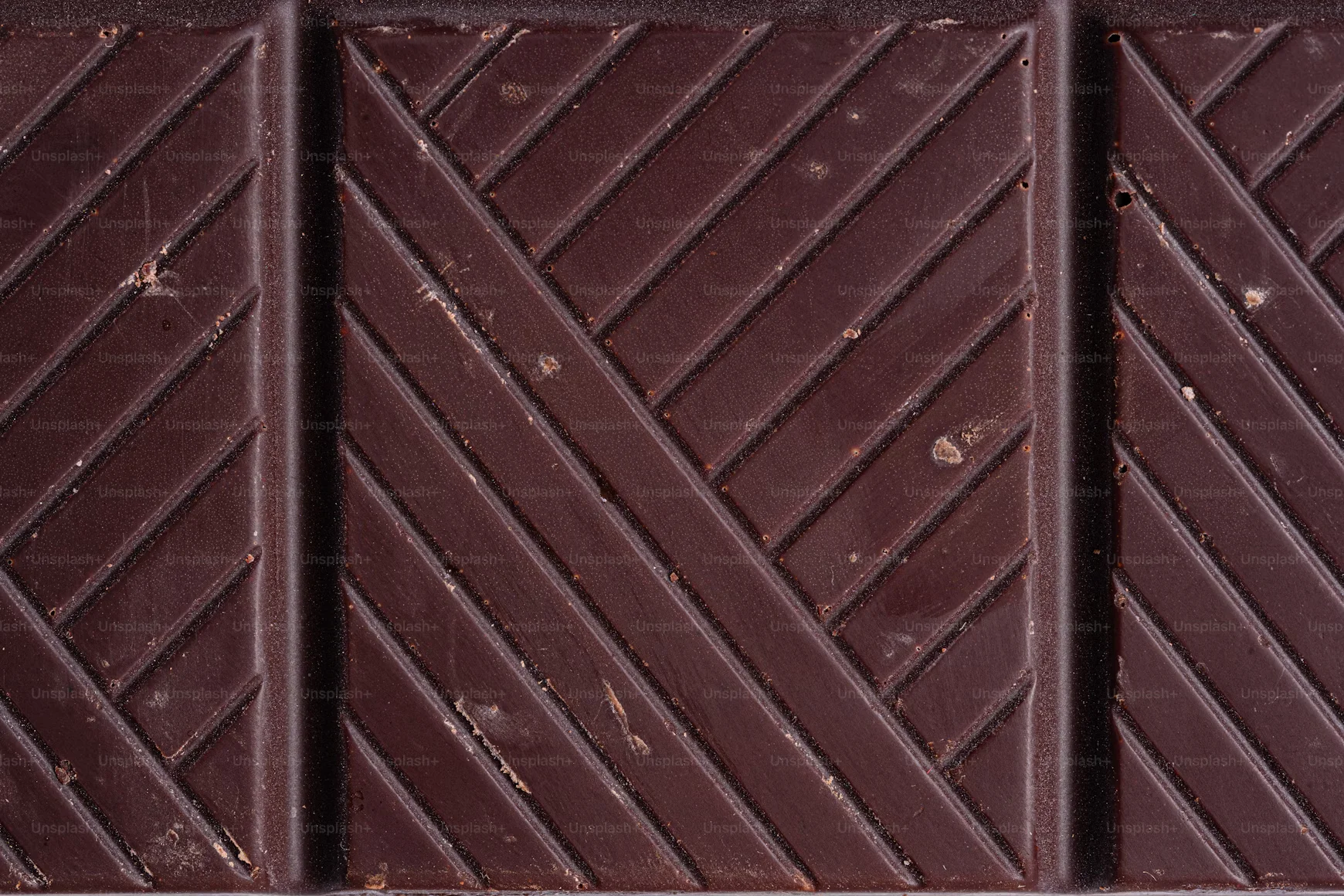Potential Of selling Chocolates on Amazon in 2024
The potential for selling chocolates on Amazon in 2024 is promising, driven by evolving consumer preferences and the growing popularity of e-commerce. Revenue in the Chocolate Confectionery market amounts to US$133.60bn in 2024. The market is expected to grow annually by 4.76% (CAGR 2024-2029).
In the U.S., Amazon remains a leading platform for food and confectionery sales. As more consumers seek gourmet and artisanal chocolate options, sellers who can differentiate their products through quality and unique flavors are likely to thrive.
Additionally, the trend toward gifting during holidays and special occasions is expected to boost chocolate sales. Data from Statista shows that the gifting chocolate segment has consistently grown, especially during Valentine’s Day, Easter, and the holiday season.
As environmental sustainability becomes increasingly important to consumers, brands that focus on ethically sourced ingredients and eco-friendly packaging may gain a competitive edge. The potential for brands that embrace these values aligns with market trends and consumer demands.
By leveraging these insights and understanding the market dynamics, sellers can position themselves for success in the thriving chocolate market on Amazon in 2024.
Choosing the Right Type of Chocolate to Sell
When selecting the right type of chocolate to sell, it’s essential to consider the costs, profit margins, and potential examples. Here’s a breakdown of some common chocolate types along with their cost and profit potential.
Organic Dark Chocolate Bar

Our Organic Dark Chocolate Bar is crafted from 70% ethically sourced cocoa, delivering a rich, intense flavor that chocolate lovers adore. It’s dairy-free, making it suitable for vegan diets, and contains no artificial additives. Each bar is carefully wrapped in eco-friendly packaging, reflecting our commitment to sustainability and quality.
- Cost: $1.50
- Profit: $2.00
Example: Organic Dark Chocolate Bar – A 3 oz bar sold at $3.50.
Milk Chocolate Almonds

Indulge in our Milk Chocolate Almonds, where crunchy roasted almonds are coated in smooth milk chocolate. This delightful snack combines texture and taste, making it perfect for any occasion. Packaged in a resealable bag, they stay fresh and are easy to share with friends and family.
- Cost: $2.00
- Profit: $3.00
Example: Milk Chocolate Almonds – A 6 oz bag sold at $5.00.
Artisan Sea Salt Caramels

Our Artisan Sea Salt Caramels are handmade with high-quality ingredients, creating a perfect blend of sweet and salty. Each piece is soft and chewy, enrobed in rich dark chocolate and topped with a sprinkle of sea salt for a gourmet treat that melts in your mouth.
- Cost: $3.00
- Profit: $4.00
Example: Artisan Sea Salt Caramels – A box of 12 pieces sold at $7.00.
White Chocolate Raspberry Bark

Experience the delightful combination of our White Chocolate Raspberry Bark. Made with creamy white chocolate and real raspberry pieces, this treat offers a fruity twist that’s perfect for dessert lovers. Each bar is beautifully crafted and makes for a lovely gift or personal indulgence.
- Cost: $2.50
- Profit: $3.00
Example: White Chocolate Raspberry Bark – A 4 oz bar sold at $5.50.
Understanding Amazon’s Food & Grocery Policies
Amazon’s Food & Grocery Policies are designed to ensure the safety, quality, and compliance of food products sold on its platform. These policies cover a wide range of topics, including product eligibility, labeling, storage, and shipping requirements. Sellers must ensure that all food items meet applicable federal, state, and local laws, including FDA regulations. This includes proper labeling that accurately reflects ingredients, allergens, and nutritional information.
Additionally, Amazon requires that all food products be stored and shipped under conditions that maintain their safety and quality. Perishable items must be shipped with appropriate temperature controls, and sellers are responsible for ensuring that products are delivered to customers in a timely manner.
Sellers are also prohibited from listing items that are expired or approaching their expiration date. Non-compliance with these policies can result in the removal of listings, suspension of selling privileges, or other penalties.
Setting Up an Amazon Seller Account for Chocolates

Understand the Approval Process
Gated Category: Chocolates fall under the “Grocery & Gourmet Foods” category, which is gated. This means you need approval from Amazon before selling chocolates. Approval typically involves submitting your business information and demonstrating compliance with food safety standards.
Consumer Safety: Ensure your chocolate products meet Amazon’s safety and quality standards. This includes proper packaging, labeling, and compliance with food safety regulations such as the FDA guidelines for food products.
Register as a Seller
- Choose a Seller Plan: You can select between an Individual plan (charges $0.99 per sale) or a Professional plan ($39.99 per month). The Professional plan is generally recommended for those planning to sell more than 40 items per month, as it provides additional features and benefits.
- Gather Required Information: You will need:
- Bank account information: For payment processing.
- Federal tax information: Required for tax identification.
- Government-issued ID: To verify your identity.
- Phone number: For account verification and communication.
- A chargeable credit card: To handle any fees associated with your seller account.
By following these steps, you can successfully set up an Amazon seller account for selling chocolates while ensuring compliance with Amazon’s requirements. For more detailed guidance, consider reviewing Amazon’s official resources and seller support forums.
Sourcing and Managing Your Chocolate Products
Sourcing high-quality chocolate ingredients is essential for creating premium chocolate products. Start by identifying reputable suppliers who specialize in cocoa beans, chocolate liquor, and other essential ingredients. Look for suppliers that provide ethically sourced and sustainably produced cocoa, as this not only ensures quality but also meets consumer demand for ethically responsible products.
Consider establishing direct relationships with cocoa farmers or cooperatives, as this can enhance the quality of your chocolate while supporting fair trade practices. Certifications like Fair Trade or Rainforest Alliance can also help in selecting suppliers committed to ethical sourcing.
Proper storage of chocolate is crucial for maintaining its quality, taste, and texture. Chocolate should be kept in a cool, dry place with a stable temperature between 60°F and 70°F (15°C to 21°C). Exposure to high temperatures can cause chocolate to melt and lose its shape, while lower temperatures can lead to condensation, resulting in sugar bloom—a white, powdery appearance that affects the visual appeal but not the taste.
Humidity plays a significant role; chocolate should be stored in an environment with low humidity to prevent it from absorbing moisture, which can alter its texture and flavor. Using airtight containers helps protect chocolate from humidity and external odors. Additionally, avoid storing chocolate near strong-smelling items, as chocolate can easily absorb other flavors.
For longer-term storage, consider refrigerating chocolate, but wrap it tightly in plastic wrap or foil to minimize condensation upon returning it to room temperature. By following these guidelines, you can ensure that your chocolate products remain fresh and appealing to consumers.
Fulfillment by Amazon (FBA) for Chocolates

Convenience: FBA allows Amazon to handle the storage, packing, and shipping of your chocolate products, freeing you to focus on sourcing and marketing.
Prime Eligibility: FBA products are eligible for Amazon Prime, attracting a large customer base. Prime members often prefer items with free two-day shipping, which can boost your sales.
Customer Service: Amazon manages customer service for FBA products, including returns and refunds, enhancing customer satisfaction and saving you time.
Scalability: FBA makes it easier to scale your chocolate business. As your order volume increases, Amazon can efficiently handle additional fulfillment needs without significant operational changes.
Freshness Assurance: Amazon’s storage facilities are designed to maintain optimal conditions for food products, ensuring that your chocolates remain fresh. This is particularly important for chocolate, which can easily be affected by temperature and humidity. Proper storage helps preserve taste and quality, making your products more appealing to customers.
Multi-Channel Fulfillment: If you sell chocolates through other platforms, FBA can fulfill those orders as well, streamlining your inventory management and order processing.
FBA Cost: FBA fees consist of two main components: fulfillment fees and monthly storage fees. Fulfillment fees range from approximately $2.50 to $5.50 per unit based on size and weight, while monthly storage fees are based on the space your products occupy, typically around $0.75 per cubic foot from January to September and $2.40 from October to December.
Handling Customer Service and Returns
Managing customer service and returns effectively is crucial for maintaining a positive reputation in the chocolate market. When customers have questions or issues, prompt and courteous responses can enhance their shopping experience and build loyalty. It’s essential to establish clear communication channels, such as email or chat support, to address inquiries swiftly.
For returns, develop a straightforward policy that outlines the steps for customers to return chocolate products. Ensure that this policy complies with Amazon’s guidelines if you’re using Fulfillment by Amazon (FBA). It’s vital to communicate any conditions regarding the freshness and quality of chocolate, as these factors may affect return eligibility.
Additionally, tracking customer feedback can provide valuable insights into product quality and areas for improvement. Providing exceptional customer service not only resolves issues but also encourages positive reviews, which can significantly impact sales and brand reputation in the competitive chocolate market.
Do Amazon Marketing or Hire an Amazon Consultant

To maximize your chocolate sales on Amazon, consider investing in Amazon marketing strategies, including effective storefront design and Amazon PPC (Pay-Per-Click) advertising. A well-designed Amazon storefront can showcase your chocolate products appealingly, enhancing brand visibility and customer engagement.
Amazon PPC allows you to target specific keywords, helping your products reach a larger audience while driving traffic to your listings. An experienced Amazon consultant can provide valuable insights into optimizing your marketing strategies, including keyword research, ad management, and performance analysis.
Hire Ecomfleet to Skyrocket your Amazon sales
If you are unsure where to start or need expert help, consider reaching out to Ecomfleet. Our experienced consultants can help your coffee brand thrive in a competitive market. Let us handle the details so you can enjoy the rewards of your hard work.
Tracking Sales and Analyzing Performance
Monitoring sales and analyzing performance are vital for your chocolate business on Amazon. Utilize Amazon’s Seller Central dashboard to access key metrics such as sales volume, conversion rates, and customer feedback. Regularly reviewing these metrics helps identify trends and areas for improvement.
Additionally, Amazon’s reporting tools provide insights into the effectiveness of your marketing campaigns and product listings. By understanding customer behavior and preferences, you can make data-driven decisions to optimize your product offerings and marketing strategies. Employing tools like Amazon Analytics or third-party software can enhance your tracking capabilities and refine your overall performance strategy.
Managing Reviews and Seller Feedback
Effectively managing reviews and seller feedback is crucial for maintaining a positive reputation in the chocolate market on Amazon. Encourage satisfied customers to leave positive reviews by providing excellent products and service. Responding promptly to both positive and negative feedback demonstrates your commitment to customer satisfaction.
Addressing negative reviews thoughtfully can help resolve issues and may lead to customers updating their feedback. Utilize Amazon’s feedback management tools to track reviews and ratings, enabling you to analyze trends and identify areas for improvement. Regularly monitoring seller feedback helps maintain your account health and enhances customer trust, ultimately leading to increased sales.
Some top Chocolate sellers on Amazon
Ghirardelli Chocolate Squares Ghirardelli is renowned for its rich, high-quality chocolate squares, available in various flavors, including dark chocolate and caramel. These individually wrapped squares are perfect for snacking or gifting, providing a luxurious chocolate experience.
Price: Approximately $9.99 for a 10.5-ounce bag.
Lindt Chocolate Truffles Lindt is famous for its smooth, creamy chocolate truffles that melt in your mouth. Their assorted truffle boxes offer a delightful variety of flavors, making them a popular choice for special occasions and gift-giving.
Price: Around $15.99 for a 14-ounce box.
Godiva Chocolatier Assorted Chocolate Gift Box Godiva is synonymous with premium chocolates, and their assorted gift box includes a selection of rich pralines, caramels, and truffles. Ideal for gifting or personal indulgence, Godiva chocolates are known for their exquisite quality and presentation.
Price: About $24.99 for a 19-piece box.
Hershey’s Milk Chocolate Bars Hershey’s classic milk chocolate bars are an American favorite, known for their simple yet satisfying taste. These bars are versatile and can be used in various recipes or enjoyed on their own.
Price: Approximately $10.99 for a pack of 6 (1.55-ounce bars).
Theo Chocolate Organic Dark Chocolate Bars Theo Chocolate offers organic, fair-trade dark chocolate bars with a commitment to sustainability. Their unique flavor combinations appeal to health-conscious consumers looking for guilt-free indulgence.
Price: Around $3.99 per 3-ounce bar.
Conclusion
Entering the chocolate market on Amazon can be a rewarding venture, provided you understand the essential steps, from setting up your seller account to managing customer service and analyzing performance. By leveraging tools like Fulfillment by Amazon (FBA) and employing effective marketing strategies, you can enhance your visibility and sales. Staying engaged with customer feedback and continuously optimizing your product offerings will help you build a loyal customer base.
Frequently Asked Questions
What are the steps to sell chocolates on Amazon?
To sell chocolates on Amazon, you need to create a seller account, ensure compliance with Amazon’s food and grocery policies, choose your fulfillment method (like FBA), and effectively market your products through SEO and PPC advertising.
How do I manage customer reviews and feedback on Amazon?
You can manage customer reviews by encouraging satisfied customers to leave feedback, responding promptly to reviews, and addressing any issues raised in negative feedback to demonstrate your commitment to customer satisfaction.
What are the costs associated with using Amazon FBA for chocolates?
The costs of using FBA include fulfillment fees, which range from approximately $2.50 to $5.50 per unit based on size and weight, and monthly storage fees, typically around $0.75 per cubic foot from January to September.
How can I effectively market my chocolate products on Amazon?
Effective marketing strategies include optimizing your Amazon storefront, utilizing Amazon PPC advertising, engaging in social media marketing, and leveraging customer reviews to build trust and credibility.

















